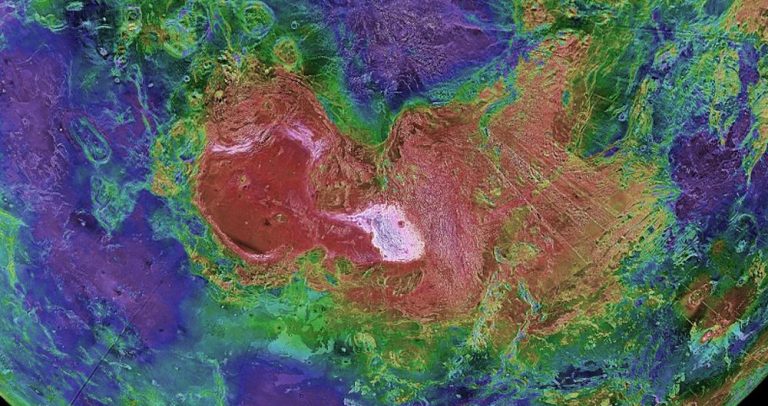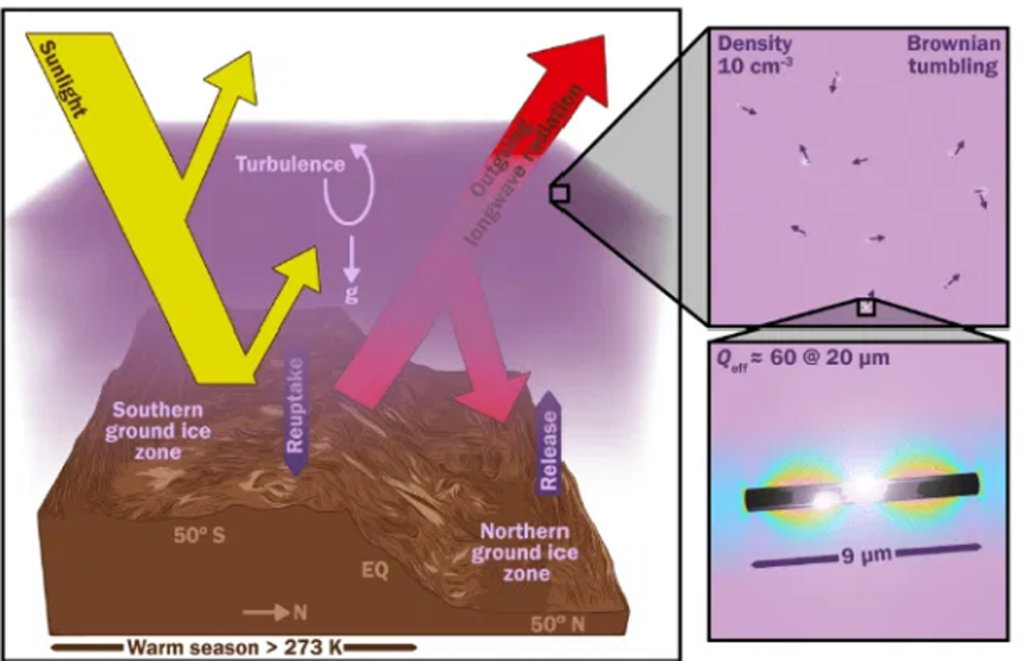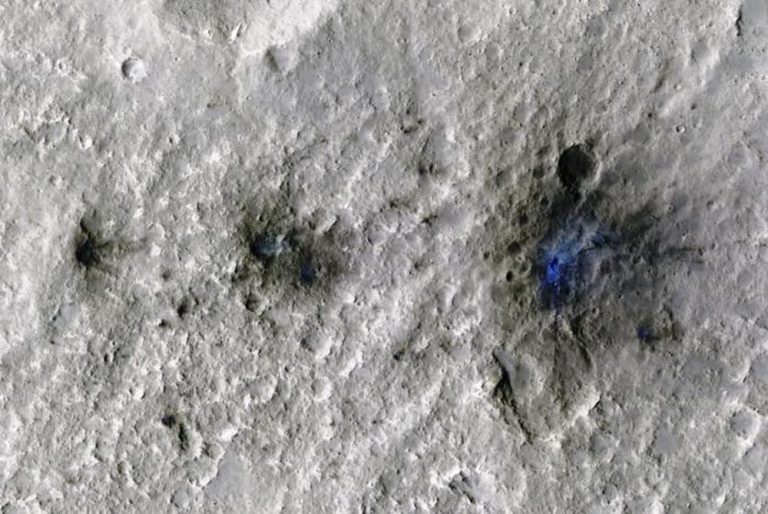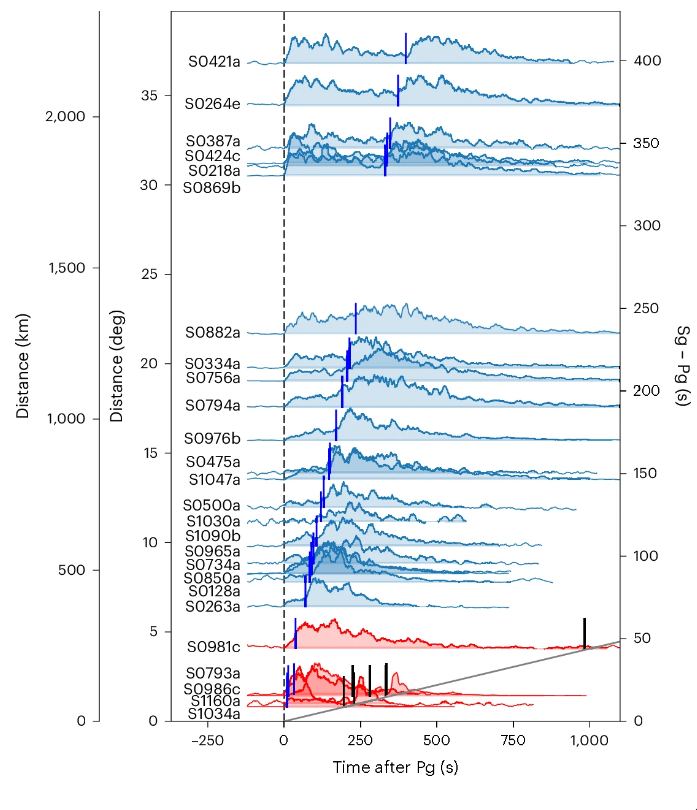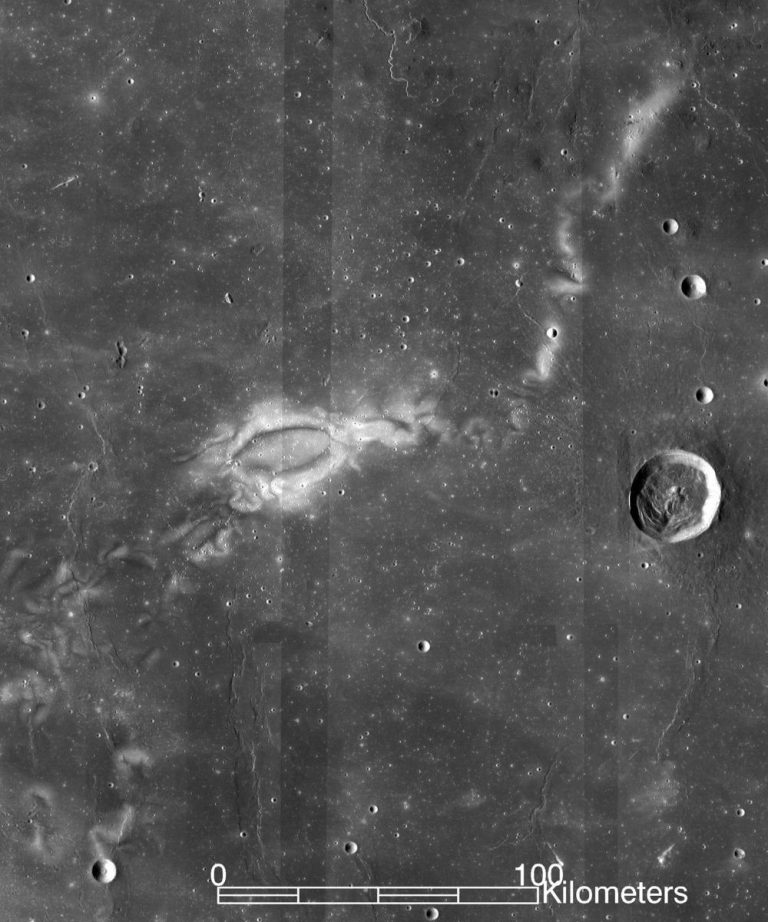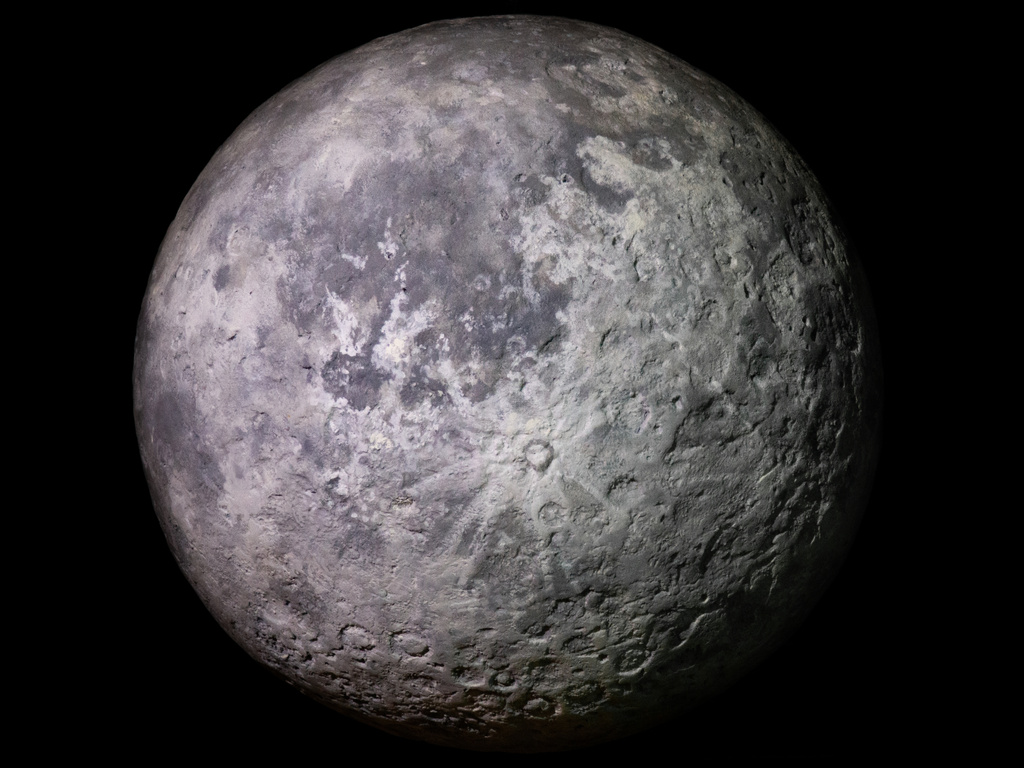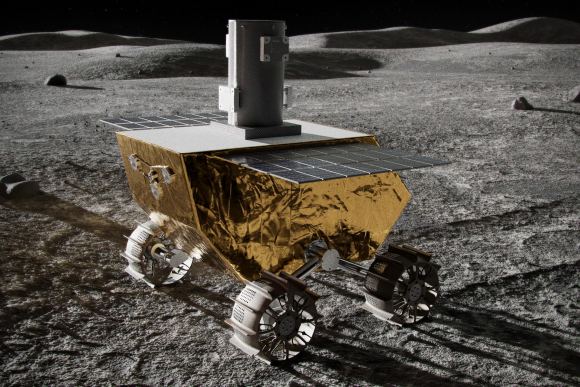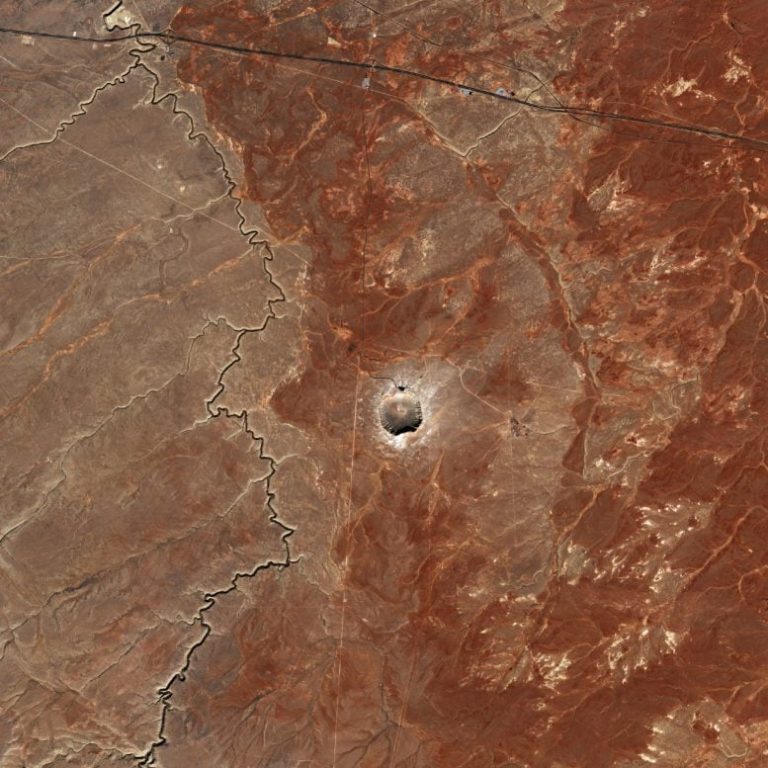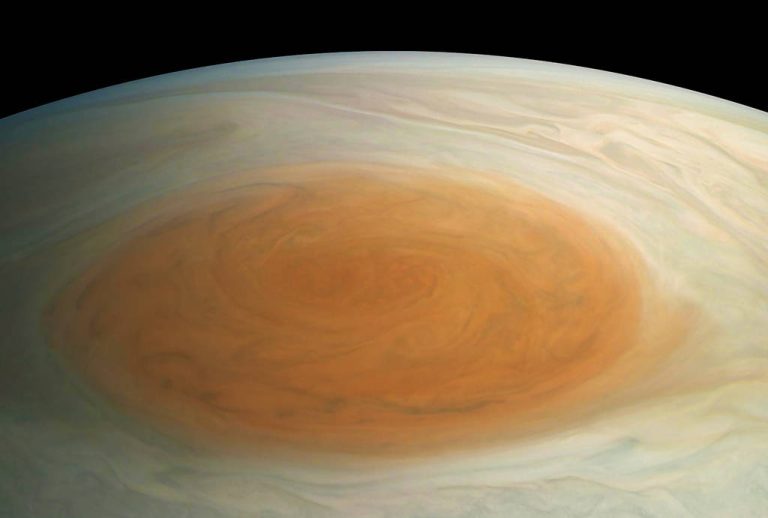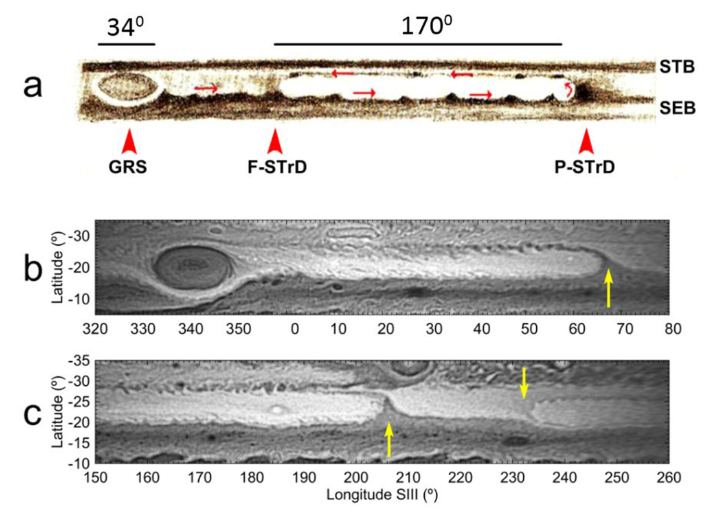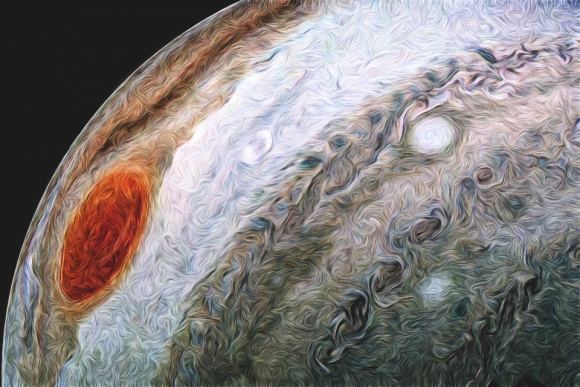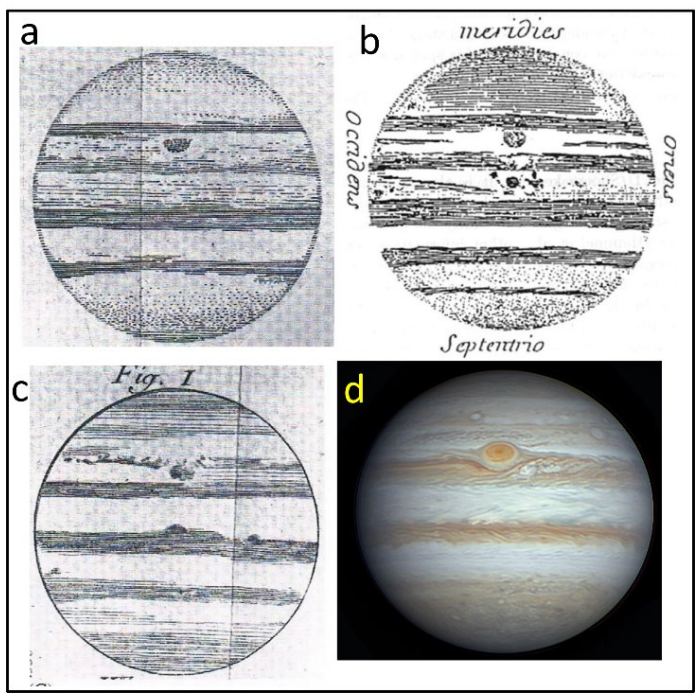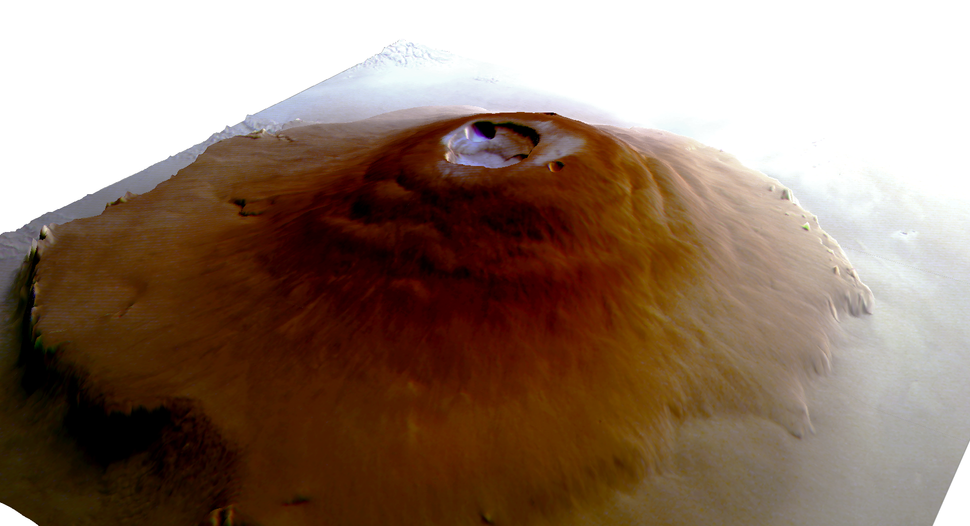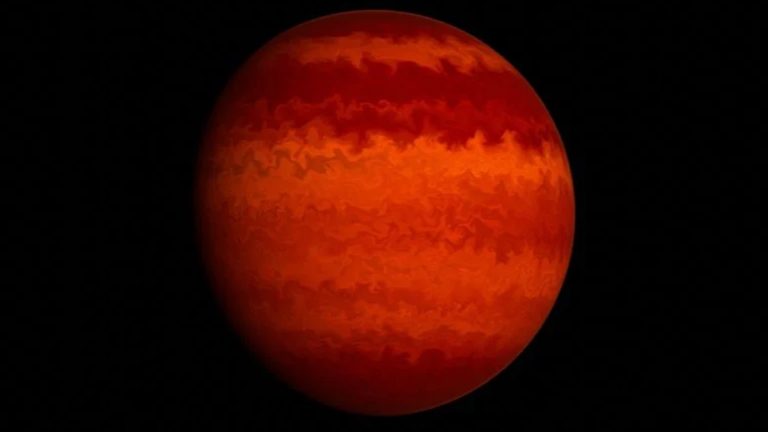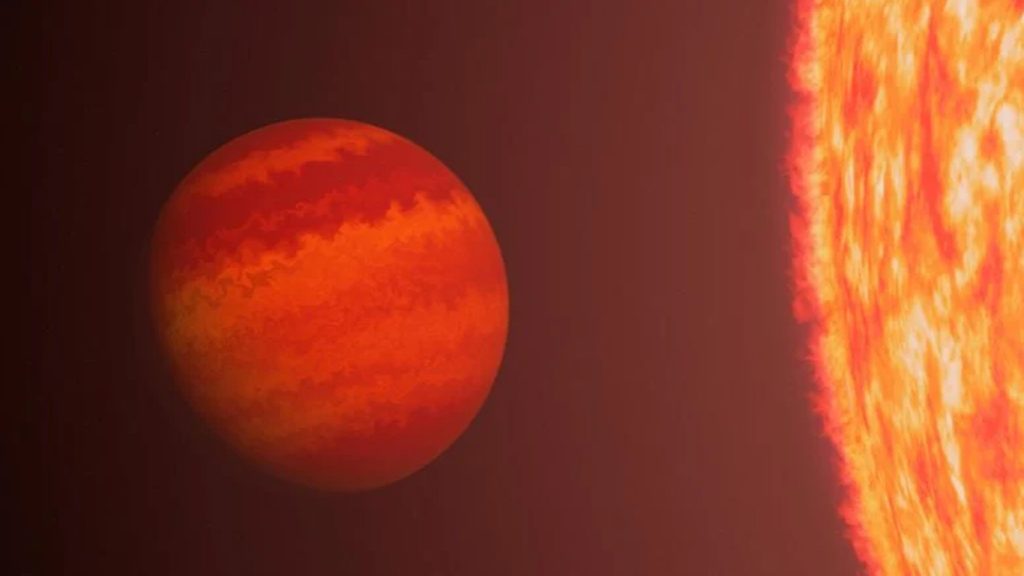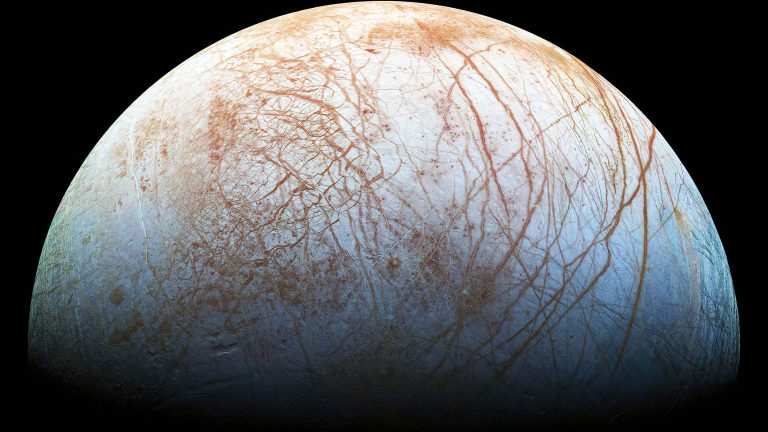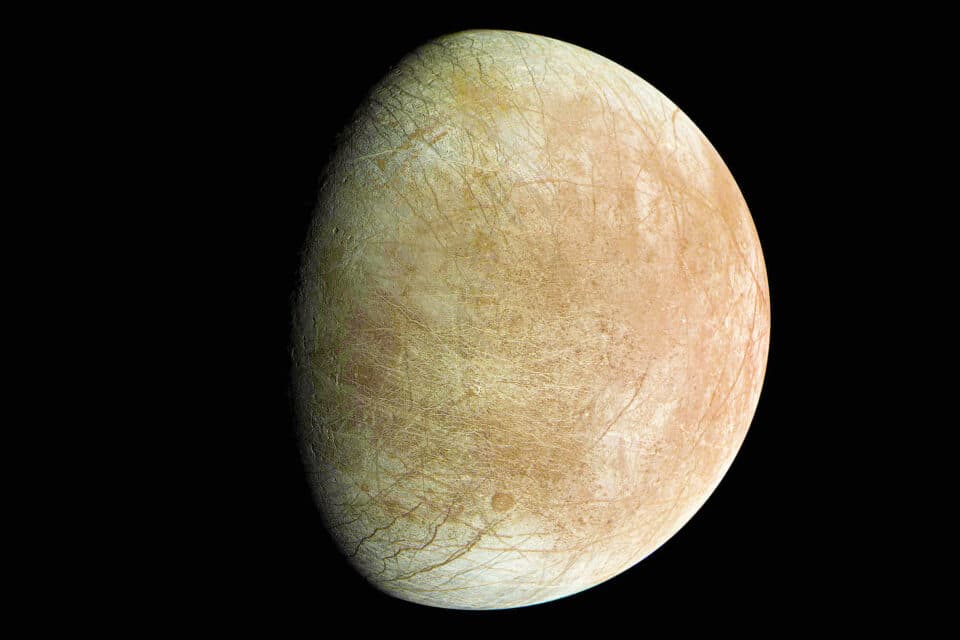New Geological Connection Between Earth and Venus Discovered by Scientists
Scientists have discovered a surprising geological connection between Earth and Venus, suggesting that despite the absence of plate tectonics on Venus, the planet may have experienced similar geological processes as Earth. This discovery opens new avenues for understanding planetary evolution and raises questions about Venus’s past habitability.
Summary
- Venus is often called Earth’s “sister planet” due to their similarities in size, mass, and composition.
- Unlike Earth, Venus lacks plate tectonics, traditionally believed to be essential for significant geological activity.
- New research suggests that Venus’s Ishtar Terra, a highland region, may have formed through processes similar to those that created Earth’s ancient cratons.
- Cratons are the stable, ancient cores of continents on Earth, some dating back over 2.5 billion years.
- The discovery challenges previous assumptions about Venus’s geological history, indicating that the planet may have been more geologically active in the past.
- This finding raises questions about the potential for past habitability on Venus and the role of similar geological processes in planetary evolution.
- Understanding Venus’s geological history is crucial for comparative planetology and could provide insights into Earth’s own evolution.
- Future missions to Venus should focus on gathering more data about its geology, atmosphere, and potential for past habitability.
- The study highlights the need for continued exploration of Venus to unlock the secrets of its past and its implications for planetary science.
Venus: Earth’s Geological Twin?
Venus has long fascinated scientists due to its many similarities with Earth. Both planets are similar in size, mass, and composition, earning Venus the nickname “Earth’s sister planet.” However, the two planets have changed a lot in their geological and atmospheric development. Earth is a dynamic planet. It has active plate tectonics, which means its surface is made up of large plates that move and cause earthquakes. Venus, on the other hand, has been considered inactive for a long time. New research has found a surprising connection between the geology of Earth and Venus. This discovery challenges what we thought we knew about Venus’s history and how it relates to Earth.
Venus and Earth
Venus and Earth look very similar at first. Both are called terrestrial planets. This means they are mostly made of rock and metal. Both planets have thick atmospheres filled with carbon dioxide. They are also similar in size and density. This means they have almost the same amount of mass and take up nearly the same amount of space. However, Venus and Earth have evolved in very different ways.
Earth is a lively and ever-changing planet. Its surface changes all the time due to plate tectonics. In plate tectonics, the outer shell of the Earth, known as the lithosphere, is made up of large pieces called plates. These plates move and interact with each other. This movement forms continents, mountains, and oceans. It also creates many different geological features. Plate tectonics are very important in controlling Earth’s climate. They help create the right conditions for life to exist.
Venus, on the other hand, is very different. Thick clouds of sulfuric acid cover the planet’s surface. The atmospheric pressure is extremely high, more than 90 times that of Earth’s. Surface temperatures on Venus reach a blistering 900 degrees Fahrenheit (475 degrees Celsius). This heat is hot enough to melt lead. Because of these extreme conditions, scientists see Venus as a hostile place. They believe it has little or no tectonic activity, which means the planet’s surface does not change much through movements of the crust.
Ishtar Terra
Recent research has cast doubt on the long-held belief that Venus is a geologically dead planet. A team of scientists has focused their attention on Ishtar Terra, one of the planet’s three major highland regions. Ishtar Terra, located near Venus’s north pole, is a vast plateau that includes some of the planet’s most prominent geological features, including the Maxwell Montes mountain range, which rises nearly 11 kilometers (6.8 miles) above the surrounding plains.
Ishtar Terra’s topography is strikingly similar to Earth’s highland regions, such as the Tibetan Plateau. This similarity has led scientists to wonder whether Ishtar Terra may have formed through processes analogous to those that shaped Earth’s ancient cratons. Cratons are the ancient, stable cores of continents on Earth, some of which date back over 2.5 billion years. These geological formations are among the oldest rocks on our planet and provide crucial insights into Earth’s early history.
The recent study, published in the journal Nature Geoscience, used advanced computer simulations and data from NASA’s Magellan spacecraft to explore the formation of Ishtar Terra. The researchers discovered that the highland region may have been formed by processes similar to those that created Earth’s cratons. Specifically, they found evidence that powerful upwellings of molten rock from Venus’s interior could have caused the crust to thicken and rise, creating a plateau-like structure.
This finding is surprising because it suggests that Venus, despite lacking plate tectonics, may have experienced similar geological processes as Earth. The absence of plate tectonics on Venus has long been thought to limit the planet’s ability to generate significant geological features. However, the discovery of a thick, craton-like crust in Ishtar Terra challenges this assumption and opens new possibilities for understanding Venus’s geological history.
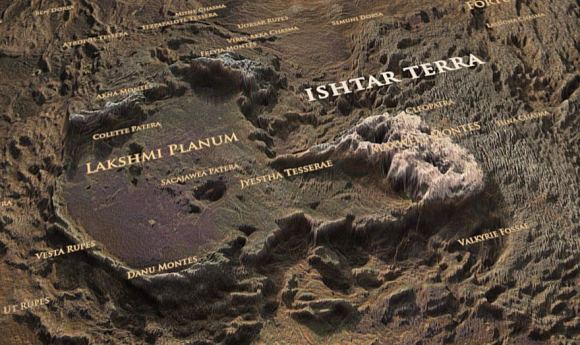
Implications for Planetary Evolution
The implications of this discovery are profound. If Venus did indeed experience a period of intense geological activity, it raises important questions about the planet’s past. For example, could Venus have once had conditions similar to early Earth, including the presence of oceans and a more temperate climate? If so, what caused Venus to undergo such a dramatic transformation into the inhospitable world we see today?
Understanding what led to Venus’s current state is important. It helps us learn about how planets change over time. This knowledge is also useful when studying exoplanets, which are planets outside our solar system. Scientists want to know what makes a planet habitable, or able to support life. Venus might have important hints about how Earth developed early on. It could also show us the potential for life on other planets.
The Role of Ishtar Terra in Venus’s Geological History
To better understand the significance of Ishtar Terra, it’s essential to examine the region’s geological features in more detail. Ishtar Terra is divided into several distinct regions, each with its own unique characteristics. These include the Maxwell Montes mountain range, the Lakshmi Planum plateau, and the surrounding plains.
Maxwell Montes
Maxwell Montes is the highest mountain range on Venus, rising to an elevation of nearly 11 kilometers (6.8 miles) above the surrounding terrain. The range is composed of heavily deformed rocks, indicating a complex geological history. The presence of Maxwell Montes within Ishtar Terra suggests that the region has experienced significant tectonic forces, despite the lack of plate tectonics on Venus.
Lakshmi Planum
Lakshmi Planum is a vast, elevated plateau within Ishtar Terra, covering an area of approximately 2 million square kilometers. The plateau is characterized by smooth lava flows, indicating a history of volcanic activity. Two large shield volcanoes, Colette and Sacajawea, are also located within Lakshmi Planum. These features further suggest that Ishtar Terra has been shaped by processes similar to those that formed Earth’s cratons.
The Plains
Surrounding Ishtar Terra are vast plains, which are relatively smooth and featureless compared to the highland regions. These plains are likely the result of extensive lava flows, which have covered much of Venus’s surface over time. The transition from the highland regions to the plains provides clues about the geological processes that have shaped Venus’s surface.
Comparing Earth and Venus: Cratons and Highlands
To better understand the connection between Earth and Venus, it’s helpful to compare the geological features of the two planets. On Earth, cratons are the ancient cores of continents, and they are typically found in the center of tectonic plates. These cratons are composed of some of the oldest rocks on the planet and provide valuable insights into Earth’s early history.
Cratons are characterized by their stability and resistance to tectonic forces. They are composed of thick, rigid lithosphere, which helps them withstand the forces that reshape other parts of the Earth’s crust. This stability allows cratons to preserve a record of geological processes that occurred billions of years ago.
The discovery of a craton-like structure in Ishtar Terra suggests that Venus may have experienced similar geological processes in its past. The thick, stable crust of Ishtar Terra could be the result of upwellings of molten rock from Venus’s interior, similar to the processes that formed Earth’s cratons. This finding challenges the long-held assumption that plate tectonics are necessary for significant geological activity and suggests that other processes may be at work on Venus.
Venus’s Lithosphere
One of the key differences between Earth and Venus is the thickness of their lithospheres. Earth’s lithosphere can be as thick as 200 kilometers (124 miles) in some regions, while Venus’s lithosphere is much thinner, estimated to be between 50 and 100 kilometers (31 to 62 miles) thick. This thinner lithosphere may have significant implications for the planet’s geological history.
The thin outer layer of Venus, called the lithosphere, is likely more prone to bending and breaking than Earth’s thicker outer layer. This could be why we see large volcanic features on Venus. For example, there are shield volcanoes in an area called Lakshmi Planum. The surface of Venus is also covered with extensive lava flows. This thin lithosphere suggests that Venus has likely gone through intense periods of geological activity in the past. This happened even though it doesn’t have the same plate movement as Earth.
The Role of Volcanism in Venus’s Geological History
Volcanism has significantly shaped Venus’s surface. Large shield volcanoes are spread across the planet. Some of these volcanoes are among the largest in the solar system. Shield volcanoes have broad, gently sloping shapes. This shape is created by the eruption of lava that flows easily.
The presence of shield volcanoes in Ishtar Terra suggests that the region has been shaped by volcanic activity. This is further supported by the smooth lava flows that characterize Lakshmi Planum. The discovery of a craton-like structure in Ishtar Terra, combined with evidence of extensive volcanism, suggests that Venus’s geological history may be more complicated than previously thought.
Comparative Planetology: Lessons from Venus
The discovery of a geological connection between Earth and Venus has significant implications for the field of comparative planetology. Comparative planetology is the study of planets by comparing their characteristics and evolution. By studying the similarities and differences between planets, scientists can gain insights into the processes that shape planetary systems.
Venus and Earth provide a unique opportunity for comparative planetology. Despite their many similarities, the two planets have followed dramatically different evolutionary paths. Understanding why this divergence occurred could provide valuable insights into the factors that influence planetary evolution.
The Search for Past Habitability on Venus
One of the most intriguing questions raised by the discovery of a geological connection between Earth and Venus is the possibility of past habitability on Venus. If Venus once had conditions similar to early Earth, including the presence of liquid water, it raises the possibility that the planet could have supported life in its distant past.
Recent studies have suggested that Venus may have had a more temperate climate in its early history, with liquid water oceans that persisted for billions of years. If true, this would make Venus one of the most Earth-like planets in the solar system. However, at some point in its history, Venus underwent a dramatic transformation, leading to the extreme conditions we see today.
Understanding the factors that led to Venus’s current state is crucial for assessing the planet’s potential for past habitability. The discovery of a craton-like structure in Ishtar Terra suggests that Venus may have experienced similar geological processes as Earth, which could have played a role in the planet’s early climate and habitability.
Future Exploration of Venus
The discovery that Earth and Venus have a geological connection shows we need to explore Venus more. Venus is our closest neighbor planet, but we still know very little about it. It is one of the least explored planets in the solar system. The planet’s surface has very harsh conditions. These tough conditions make it hard to collect detailed information about its rocks, air, and history.
Future missions to Venus, such as NASA’s VERITAS mission and the European Space Agency’s EnVision mission, aim to address these challenges by providing high-resolution data about the planet’s surface and subsurface. These missions will help scientists better understand the geological processes that have shaped Venus and provide crucial insights into its past habitability.
The discovery of a new geological connection between Earth and Venus challenges our understanding of the two planets and their divergent evolutionary paths. Despite the absence of plate tectonics on Venus, the planet may have experienced similar geological processes as Earth, leading to the formation of craton-like structures in Ishtar Terra. This finding raises important questions about Venus’s past habitability and the factors that shaped its current state.
Hashtags
#Venus, #Geology, #PlanetaryScience, #Cratons, #IshtarTerra, #NASA, #SpaceExploration, #ComparativePlanetology, #Volcanism, #Habitability

